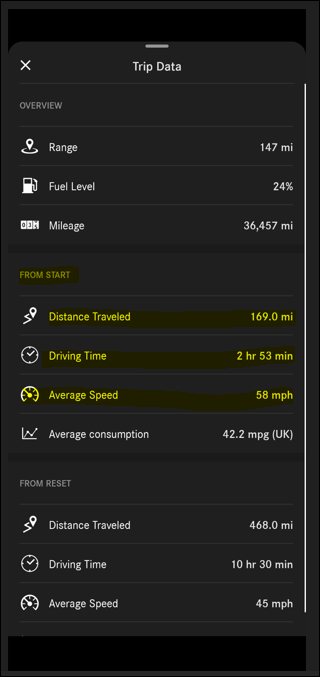- Joined
- Jun 24, 2008
- Messages
- 51,038
- Location
- London
- Car
- 2022 Hyundai IONIQ 5 RWD / 2016 Suzuki Vitara AWD
Ya big woofters.
I regularly do a 10 hour shift without a "break". The only stops are to carry heavy boxes up flights of stairs.
Breaking my neck for a pi££ by the end of the day .......
But he ho I get to finish half a hour early and get paid for it.........
No toilet breaks.....?

